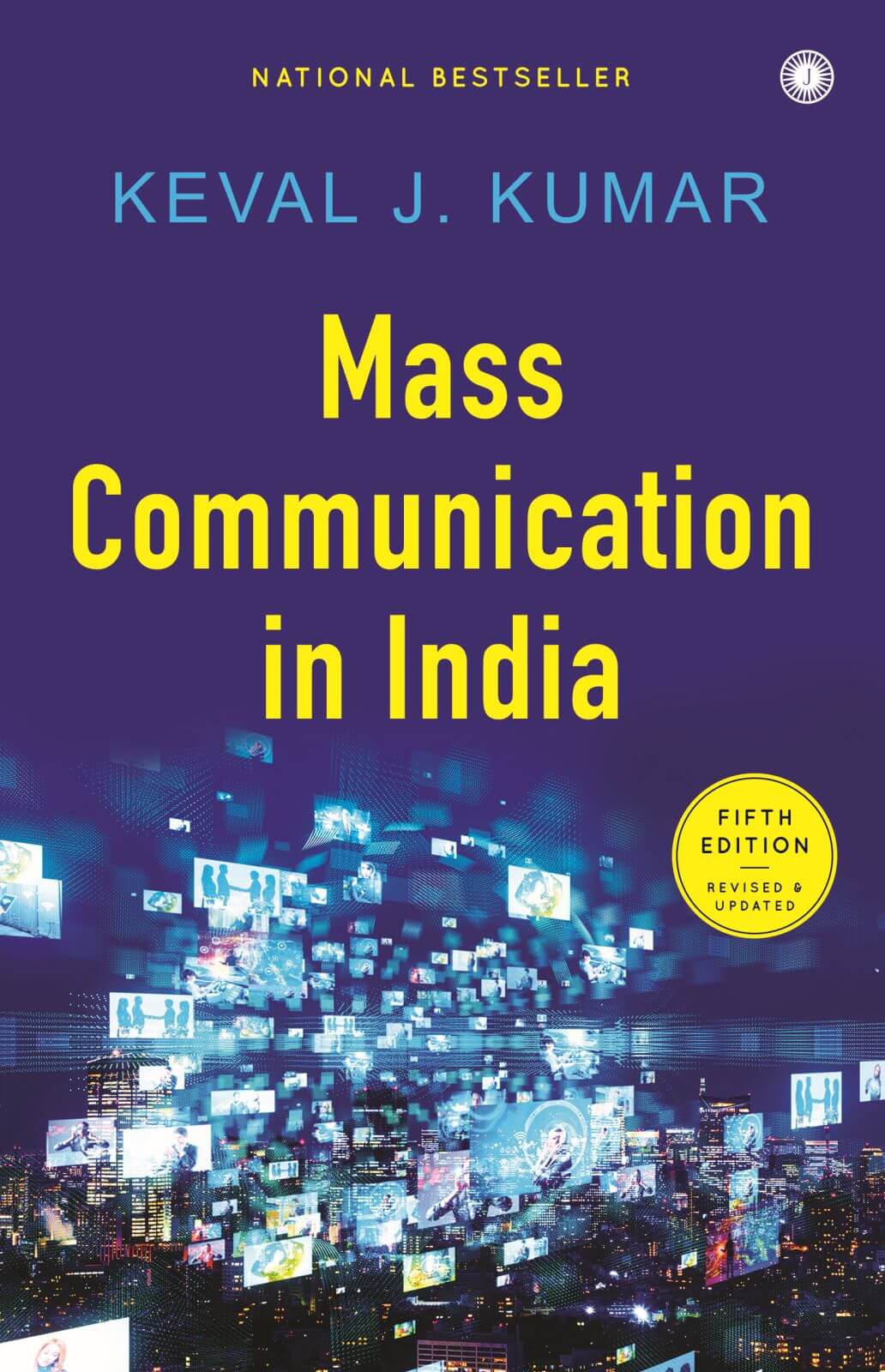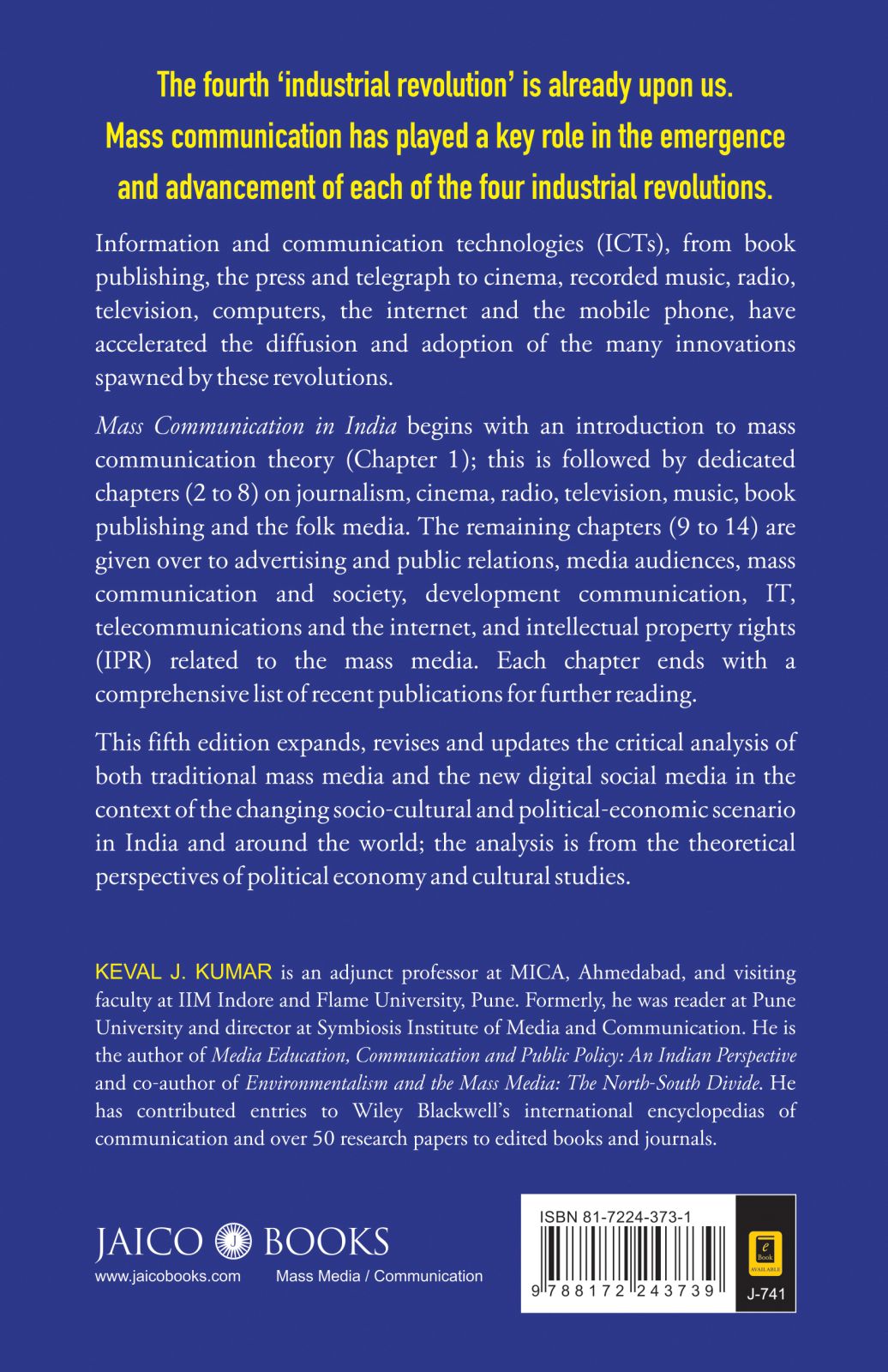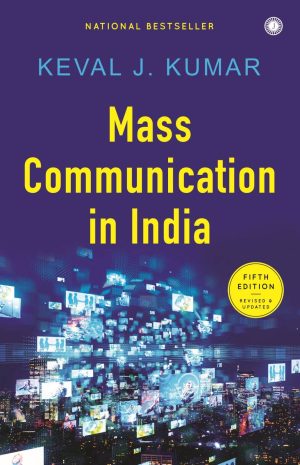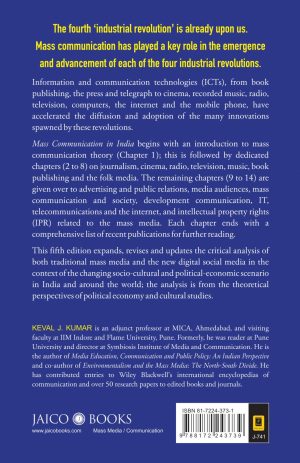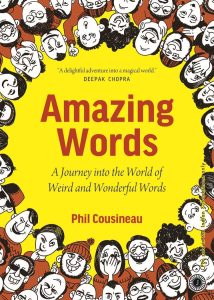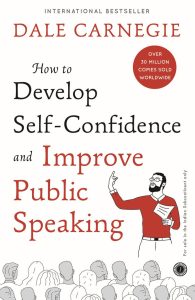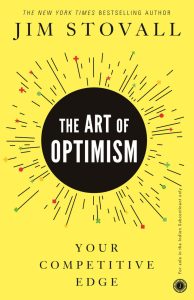Mass Communication in India, 5th Edition
Information and communication technologies (ICTs), from book publishing, the press and telegraph to cinema, recorded music, radio, television, computers, the internet and the mobile phone, have accelerated the diffusion and adoption of the many innovations spawned by these revolutions.
Mass Communication in India begins with an introduction to mass communication theory (Chapter 1); this is followed by dedicated chapters (2 to 8) on journalism, cinema, radio, television, music, book publishing and the folk media. The remaining chapters (9 to 14) are given over to advertising and public relations, media audiences, mass communication and society, development communication, IT, telecommunications and the internet, and intellectual property rights (IPR) related to the mass media. Each chapter ends with a comprehensive list of recent publications for further reading.
This fifth edition expands, revises and updates the critical analysis of both traditional mass media and the new digital social media in the context of the changing socio-cultural and political-economic scenario in India and around the world; the analysis is from the theoretical perspectives of political economy and cultural studies.
- Genre Communication, Mass Media
- Language English
- Format Paperback
- Page Count 640 pages
- Release Date 12-Oct-2020
- ISBN 13 978-81-7224-373-9


